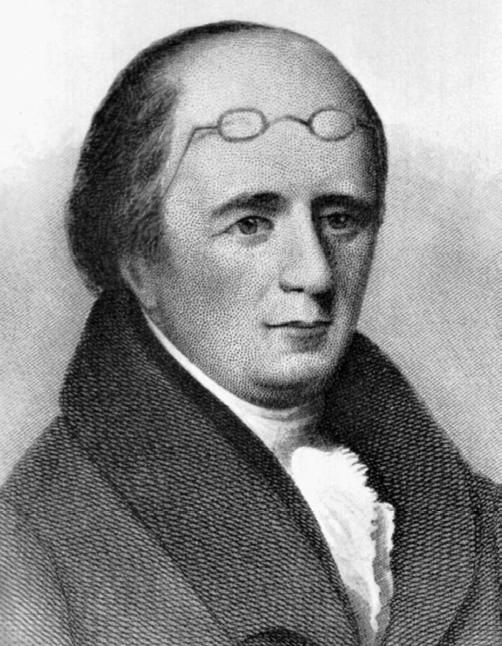 |
| William Morgan |
The abduction and suspected murder of William Morgan in western New York State in 1826 ignited a controversy that fed conspiracy thinking about the Freemasons and created a national anti-Masonic movement.
Morgan, born in Virginia in 1774, was originally a stonemason, but worked at several trades. In the early 1820s, he moved from Ontario, Canada, to upstate New York, settling in Rochester and then in Batavia, and resuming masonry.
Soon afterward, he sought admission to a Masonic lodge in nearby LeRoy. Morgan was initiated into the lodge, but when he supported the formation of a new lodge in Batavia, other members of the proposed lodge took his name off the petition, thus denying him membership.
  |
Morgan retaliated by entering into a contract with local printer David C. Miller to publish an exposé of the “secrets” of Freemasonry. Miller, Morgan, and other backers of the project were harassed and threatened, but went forward with the project.
On 10 September 1826, some three weeks after Morgan had received a copyright for his book, Illustrations of Masonry, Miller’s print shop was set on fire in an apparent attempt to stop the book’s publication. The same day, a member of the Canandaigua Masonic lodge obtained a warrant for Morgan’s arrest on charges of petty theft.
Morgan was arrested the next day and taken to Canandaigua. He was released for lack of evidence, but was immediately rearrested on debt charges and imprisoned. The following night, Morgan was abducted from the Canandaigua jail and forced into a carriage by four men; he was never seen again.
Reports of Morgan’s disappearance raised questions about the extent of Masonic involvement in the incident. Popular accounts of a conspiracy, which was said to involve nearly seventy Masonic brethren, held that Morgan had initially been taken to Canada, where plans to pay him in exchange for staying out of the United States had fallen through.
After a few days, according to these charges, he was bound with weights and thrown into the Niagara River just below the falls. When a decomposed male corpse was found near Lake Ontario more than a year after Morgan’s disappearance, the corpse was initially identified and buried as Morgan, though many charged that the local coroner, hoping to please the anti-Masonic movement, had deliberately ignored signs that called its identity into question.
The body was later exhumed and identified as one Timothy Munroe. Morgan’s body was never recovered, and some held that he had not been murdered at all, but had resettled in Canada or the West Indies.
The Morgan affair also fed public alarm about the amount of influence the Freemasons had on government. Half of all officials in the county where Morgan disappeared, and as many as two-thirds of officeholders across New York State, including then-governor DeWitt Clinton, belonged to Masonic lodges.
The light sentences given to the four men involved in the Canandaigua kidnapping increased the furor. Anti-Masonic conventions were held in the area, and the delegates called for a special counsel to be appointed to investigate the case. The resulting investigation went on for five years; a total of fifty-four Masons were indicted and thirty-nine were tried, but only ten were convicted of crimes, and no definitive resolution of the case was found.
Charges of a Masonic “cover-up” in the Morgan affair fueled the first national mass anti-Masonic movement, which spawned dozens of newspapers and other publications and created a political party, and which viewed Freemasonry as an enemy to the values of the “Christian democracy.”